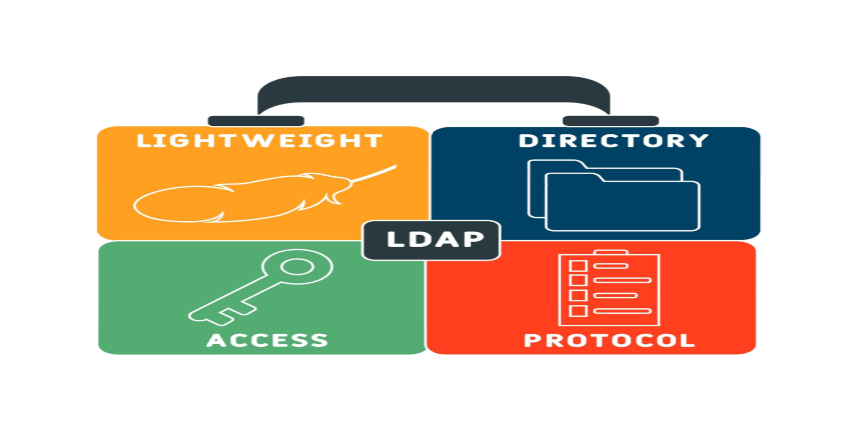LDAP Full Form
What is Full Form of LDAP ?
Lightweight Directory Access Protocol is the full name of LDAP protocol. An industry-standard application protocol (RFC, in this case) defines an interface or language that client applications can use to communicate with a directory service (such as OpenLDAP, Active Directory, etc.) in order to query or edit the data in the directory.
- What is Full Form of LDAP ?
- Characteristics Of LDAP
- Advantages Of LDAP
- Disadvantages Of LDAP

Normally, data about users, user credentials, groups, user memberships, and other items are stored in an LDAP directory (or server). They are frequently utilized for user authentication and authorization as they serve as a central repository for user data.
Characteristics Of LDAP
Open Source: Open LDAP is a lightweight directory access protocol implementation that is available for free download.
Enables TLS: Sensitive data can be secured since LDAP supports Transport Layer Security.
Flexibility: A wide variety of databases are supported by LDAP for storing directories, allowing users to select the database in accordance with the kind of information the server needs to transfer.
Popular: The number of LDAP-enabled apps is growing as a result of the well-defined client API.
Advantages Of LDAP
It is freely available and has an open-source implementation, making it.
When compared to other current protocols, it is lightweight.
It is extremely safe since it has tight encoding requirements, robust encoding techniques, and a variety of authentication kinds through SASL (simple authentication and security layer).
The industry supports it broadly.
Numerous services, like DNS, use it.
Disadvantages Of LDAP
There are fewer security measures supported by LDAP than by X.500.
It is very complicated.
